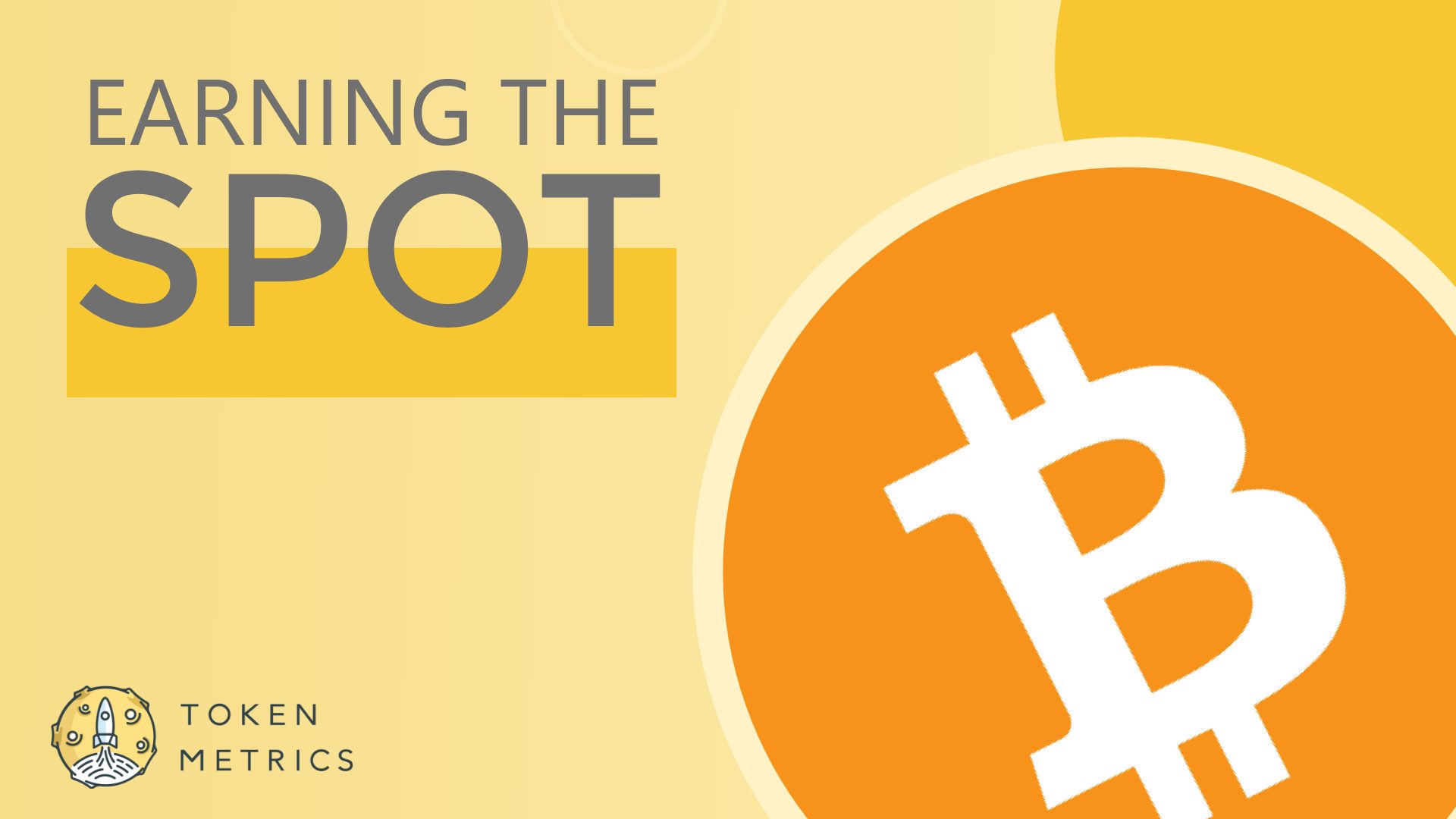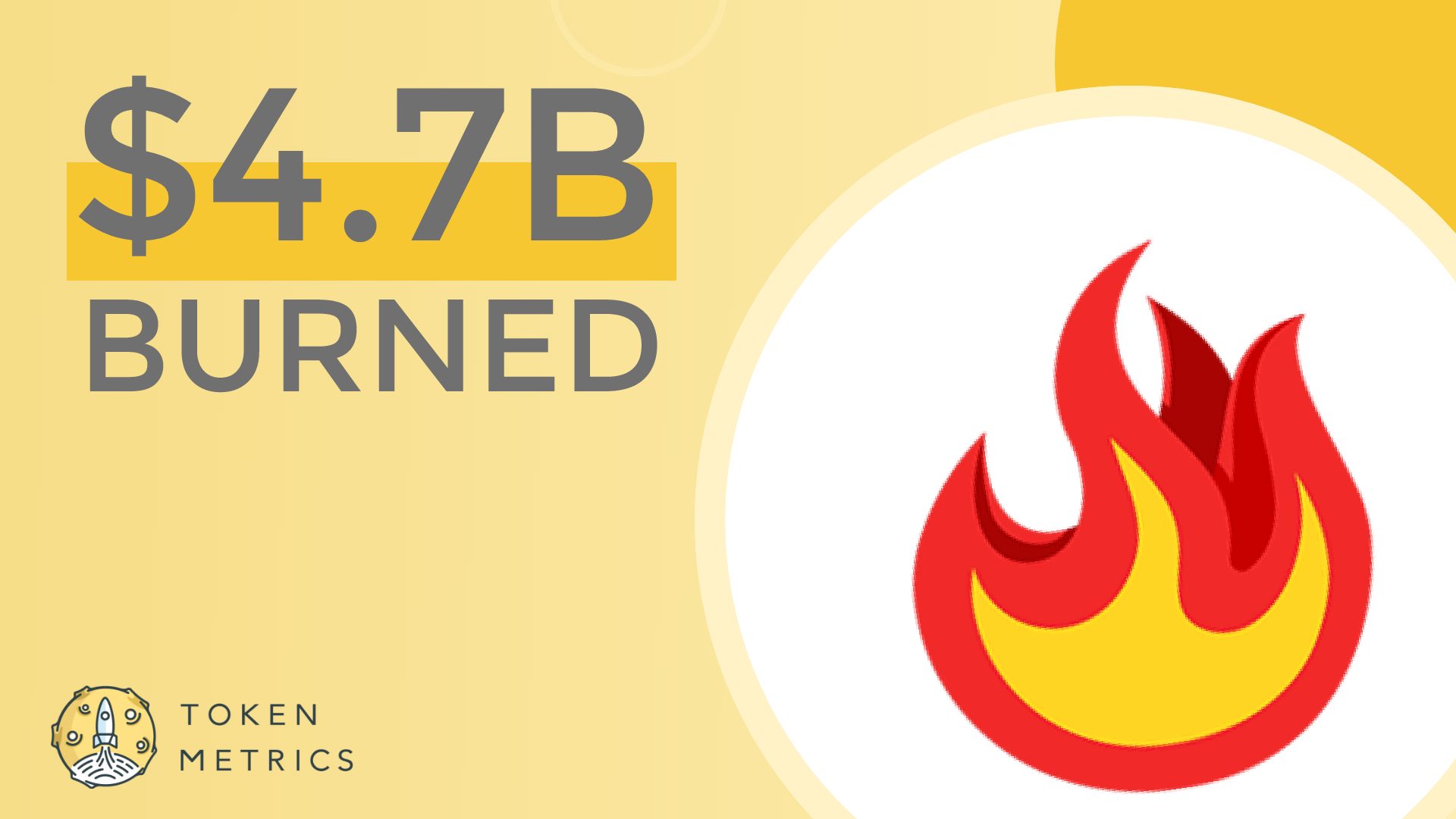A 14% drawdown in the price of BTC ensued in the week before writing. The asset has been mostly decreasing in value since Bitcoin ETFs became available to equities traders. Token Metrics’ Bill Noble argues that this is commonplace when equities intersect with crypto. We saw this recently when bitcoin reached its former all-time high price of $64,000 on the Coinbase IPO day then crashed precipitously over the following three months. There are examples of this littered throughout bitcoin’s history, the earliest being when the U.S. Commodities Futures Trading Commission (CFTC) approved the first over-the-counter swap product based on the price of bitcoin.
CFTC Approves BTC Swap Product
Teraexchange LLC, an asset swap execution facility, created the swap product in March 2014 and received approval from the CFTC in September of that year. This was the first time a U.S. regulatory agency approved a bitcoin financial product. Approval opened the door for institutions to long and short the price of bitcoin. No bitcoins are exchanged in the swap process. Swaps track the price movements of BTC in USD and settlements are made in dollars as well. Price movements lead us to believe that when they were given the opportunity in 2014, many institutions went short bitcoin and won. The price of bitcoin fell from around $400 in September to $250 at the beginning of 2015. Nonetheless, approval of the swap allowed substantial amounts of capital to flow from institutions into a bitcoin product and drastically increase the amount of money coming into the crypto ecosystem.
Bitcoin Appears on the Cover of The Economist
On October 31, 2015 Bitcoin was featured on the cover of a renowned English newspaper, The Economist. This was one of the first times Bitcoin was featured on the front page of a major news publication. Not only that, blockchain technology was revered in the article for creating a platform that allows trusted collaboration between two groups online with no intermediaries. The article compares Bitcoin to Napster, the defunct peer-to-peer music sharing service. Both had bad reputations, but just as Napster led to successful peer-to-peer services like Skype, blockchain opens the door for revolutionary innovations in technology. The author goes on to say that regulators should “stay their hands” to not “risk stifling a fast-evolving idea with overly prescriptive rules.” Calling on regulators to stay put was perhaps needed given Bitcoin’s dubious history up to that point. A feature in a news outlet as reputable as The Economist certainly helped people understand the potential reach of Bitcoin and blockchain and did a lot of good for the network’s reputation.
2014 and 2015 were two landmark years in terms of Bitcoin gaining mainstream popularity and respect. 2015 was also the year bitcoin was declared a currency by the European Union (EU). However, Bitcoin’s time in the limelight would not last forever. Come back next time when we discuss the second bitcoin halving and more FUD out of China.





